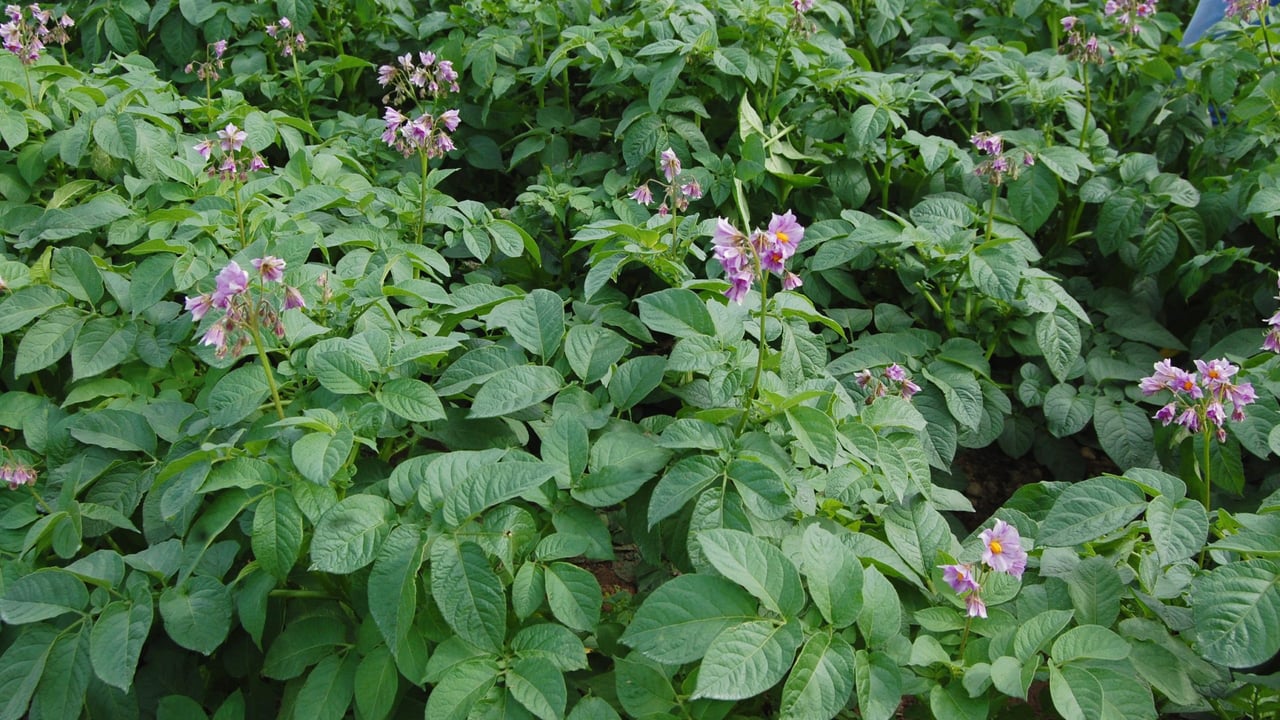Controlling potato blight
Humidity in the range 88-90%, combined with the odd shower, constitute the perfect weather conditions for the spread of potato blight.
This was the introduction provided by Teagasc potato specialist Dr. Stephen Kildea during a recent podcast discussion on how best to prevent the disease from impacting crops.
The last week of June was characterised by heavy showers, between which the sun came out. Evaporation from drying crops led to a period of increased humidity. In turn, this could have created the perfect conditions for the spread of potato blight.
“There have been very few reports of genuine blight spread up to now," Kildea stated.
According to the Teagasc representative, the inoculums causing blight can come from three sources: Seed, ground keepers and old potato dumps.
“Blight overwinters in the tuber. Certified seed represents a very low infection risk. Dumps are tubers that have gone over the grader the previous years and have been kicked out," Kildea continued.
By this time of the year, all potato crops will have reached the stable canopy stage of development.
Kildea confirmed that blight preventative products used now must have a some form of trans-laminar activity.
“They are going to move through the leaf,” he said.
“Disease risk relates to two issues - the presence of the inoculums and conducive weather conditions.
“The vast majority of the potato varieties that we grow in Ireland are susceptible to blight," he added.
Kildea confirmed that managing blight risk is crucially important.
“This includes the effective management of old potato dumps,” he stressed.
But weather is the other key factor that must be taken account of, where blight pressure is concerned.
“Teagasc has worked with Met Éireann to tweak blight forecasts over the last couple of months. This has been made possible by the availability of relevant data that has been generated over the last number of years," he continued.
“These improved forecasts do not confirm if inoculum is close by. However, they do confirm that a combination of high weather pressure and the presence of inoculum will combine to generate actual blight in potato crops within a period of seven to 10 days.”





